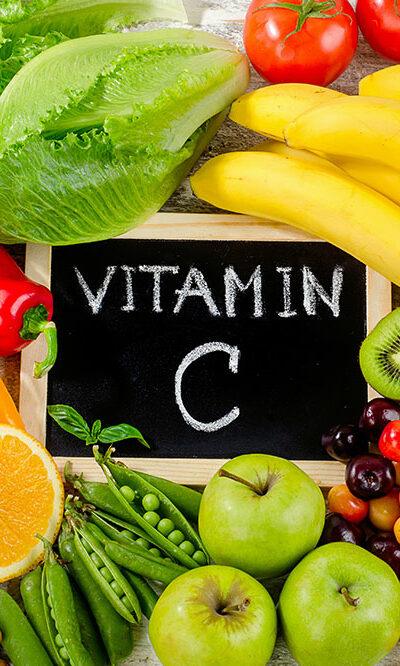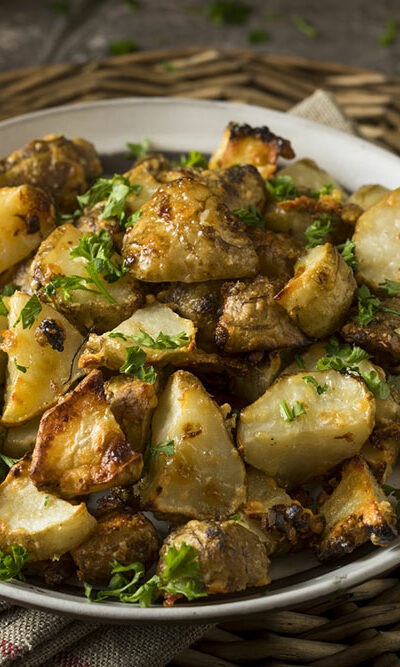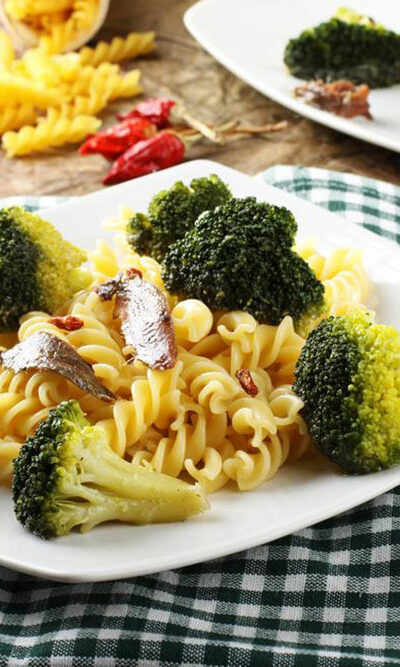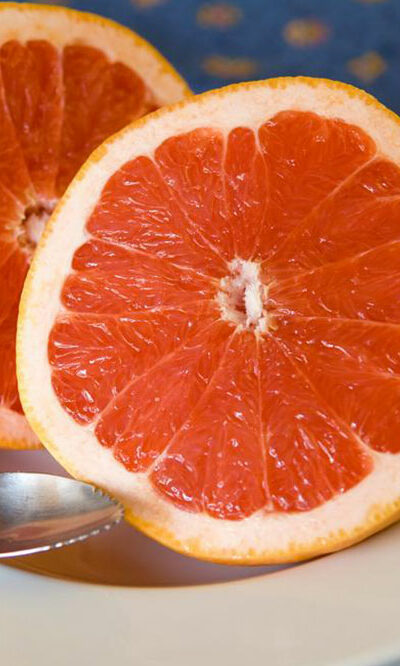
Top 4 unhealthy habits that damage teeth
A dazzling smile is not just aesthetically pleasing but also a reflection of good oral health. However, certain habits can wreak havoc on our teeth, leading to dental problems and compromising our pearly whites. Numerous things can impact your teeth, from sugary indulgences to neglecting oral hygiene. However, some practical tips may benefit individuals striving for strong and healthy teeth. But eliminating the following unhealthy habits can safeguard dental health and maintain radiant smiles. Extra sugar Intake of excessive sugar is one of the primary culprits that cause tooth decay and cavities. And it’s not just a common cause of dental trouble for children. Adults that are used to eating too many desserts and continually attached to sugary beverages show the same outcome. Therefore, limiting sugar intake, be it via food or drinks, is crucial. Also, it is essential to rinse the mouth with water after sugar intake to minimize its impact. Overlooking oral hygiene Neglecting proper oral hygiene is another bad practice that leads to unhealthy and damaged teeth. However, regular brushing and flossing will free them from plaque and prevent harmful bacteria buildup. Therefore, establish and diligently maintain a healthy oral hygiene routine to maintain sound oral health. This, combined with regular dental check-ups and timely replacement of toothbrushes, will go a long way in helping you avoid frequent dental procedures for a long time. Clenching teeth Over time, grinding or clenching teeth can severely damage your dental health. Bruxism can wear down the dental enamel and may even lead to issues like sensitivity, jaw pain, or other similar complications. Identifying the triggers for bruxism and exploring techniques that help relieve such triggers is important. For example, the dentist might even prescribe you to wear a nightguard that will help protect your teeth while you sleep. Other usage Many people put their teeth to extra use by tearing open packages or even uncapping bottles.










